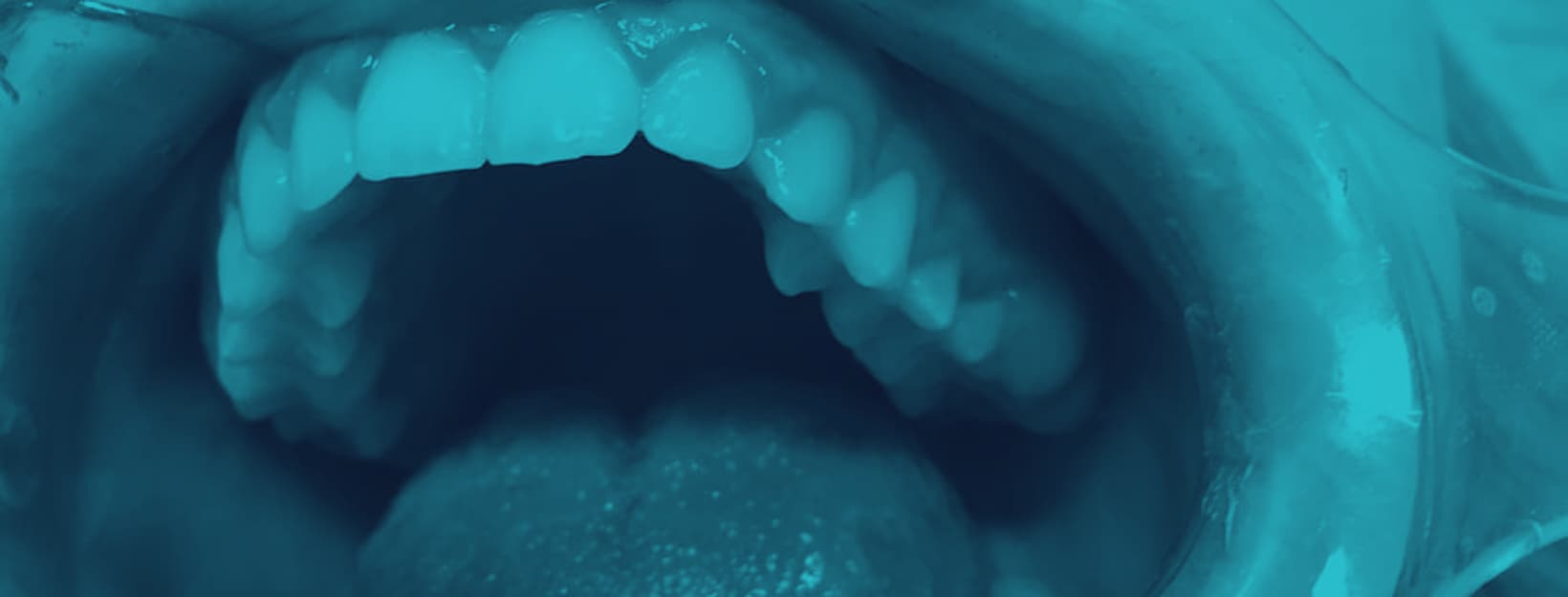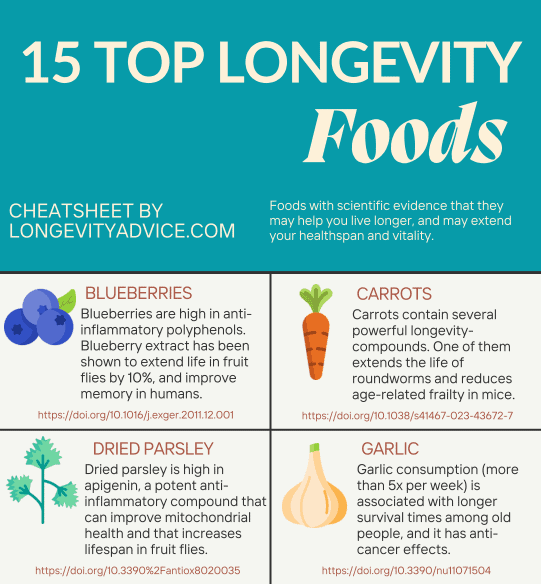I hate going to the dentist.
And I mean hate. I hate stretching my jaw wide for an hour at a time, I hate the sound of metal scraping against my teeth, and I hate the taste of nitrile gloves. The week prior to my six-month checkups, I have to do a daily affirmation that I will not cancel the impending appointment and that I will do any follow-ups. The system works… most of the time.
I’ll admit that I’ve become a bit more thankful for my semi-annual dental appointments after hearing this statistic from the CDC:
“Nearly 1 in 5 of adults aged 65 or older have lost all of their teeth. Complete tooth loss is twice as prevalent among adults aged 75 and older (26%) compared with adults aged 65-74 (13%).”
As a spanner—someone who wants to live well beyond 165, let alone 65—keeping my teeth for the long haul is a high, high priority. And my interest in oral health doesn’t end with aesthetic concerns. Gum disease is linked with dementia and certain cancers. Dental health practices correlate significantly with overall mortality, leading the Journal of Aging Research to conclude, “Oral health behaviors help maintain natural, healthy and functional teeth but also appear to promote survival in older adults.”

So I reached out to a bunch of dentists and oral hygienists to ask: how do I keep my teeth healthy in the long term?
Here’s the advice that they gave me and some supplemental research. All four of these tips apply to people interested in preventing aging teeth problems, regardless of their current age.
1. Take gingivitis seriously
“You wouldn’t restore a home with a faulty foundation, so you don’t restore the teeth with a foundation that has irritation, inflammation or disease present,” Allison Norris, a dental hygienist with 17 years of experience from the American Aligner Society, tells me.
What she means is to take care of “the periodontium, which includes the cementum layer of the tooth, the periodontal ligament, the alveolar (jaw) bone and the gingiva (gums)… The presence of inflammation and bleeding is indicative of gingivitis and/or periodontal disease which is the number one cause of tooth loss in America.” (Emphasis mine.)

You’ve probably heard about gingivitis, gum disease (periodontitis), and advanced periodontitis. These are three distinct but often related oral health problems.
Gingivitis is a mild form of gum disease. It’s a bacterial infection that causes redness and inflammation around your gingiva, the bit of gum immediately touching your teeth on your gums. Anyone can get gingivitis and it’s exceptionally common. While poor oral hygiene is the leading cause of gingivitis, contributing factors include:
- Not flossing or brushing regularly
- Smoking
- Certain medications like phenytoin, cyclosporin, and nifedipine
- Significant changes to estrogen and progesterone levels (common during puberty, pregnancy, and menopause)
- Medical status (for example, people living with HIV and diabetes are more likely to contract gingivitis)
- Genetics
Gingivitis is treatable and reversible. While we’ll talk about several oral health hacks later in this article, the most important thing to remember is to seek out guidance from your dentist if your gums are red, swollen, and/or itchy.
Should gingivitis progress, it turns into gum disease. Almost half of all U.S. adults over 30 have some form of gum disease. Unlike gingivitis, gum disease is not reversible.

As gum disease progresses, the gum pulls away from the tooth. Pockets form, where food and bacteria can easily gather. At this point, gums continue to be red and swollen. As the pockets deepen, teeth start to lose their anchor in your mouth. Should gum disease advance, your teeth will start to shift and feel loose. They will often require extraction.
I hate to highlight something so basic, but standard oral health care really is the foundation of everything else in this post. That means:
- Visiting your dentist at least twice a year, and more if deemed necessary.
- Brushing your teeth at least twice a day and flossing at least once a day.
- Using mouthwash. Note: I know that this is controversial in the longevity community, but there was overwhelming agreement among the dentists I talked with that mouthwash is excellent for preventing gingivitis (one study found that it was more effective than flossing) and reducing plaque.
- Chewing gum with xylitol.
- Prioritizing products with the ADA Seal of Acceptance. These products have been vetted by an independent third party from the manufacturer and approved by the American Dental Association.
I personally use Philips Sonicare ProtectiveClean 4100, Crest Gum & Enamel Repair Toothpaste, and Listerine Total Care Zero Anticavity Mouthwash.
I also buy GUM flosspicks (I like that the “picks” make flossing easier), but I’m considering switching to a different floss after hearing the next piece of advice.
2. Supplement with Vitamin C and CoQ10.
Erika Gray, PharmD, and chief medical officer at toolboxgenomics.com, stressed the importance of Vitamin C, especially if you already have bleeding gums or periodontal disease. For people looking for natural sources of Vitamin C, she suggests Camu Camu or Acerola cherry. But she also tells me, “Food sources may not be enough.” She pointed to a 2019 study published in the International Journal of Environmental Research and Public Health which found, “The patients with a lower dietary intake or lower blood level of vitamin C showed a greater progression of periodontal disease than the controls. The intervention using vitamin C administration improved gingival bleeding in gingivitis, but not in periodontitis.” In other words, vitamin C can help prevent and help control gingivitis, but not gum disease as it progresses.
People in the outstanding longevity Facebook group “Life Extension and Anti-Aging,” endorse Dr. Mercola Liposomal Vitamin C Dietary Supplement.
Gray also recommends paying attention to CoQ10.
CoQ10 is “is a vitamin-like substance found throughout the body” according to WebMD. Research published in the Journal of Clinical & Diagnostic Research found that CoQ10 “showed significant reduction in gingival inflammation when compared to scaling and rootplaning alone.” In other words, CoQ10 may be able to prevent gingivitis from progressing to gum disease.
Foods rich in CoQ10 include organ meats, sardines and mackerel, and broccoli. Alternatively, a popular supplement to start with is Qunol Ultra CoQ10.
3. Be conscientious of waxed vs unwaxed floss.
I was surprised to learn that oral bacteria is similar to the consistency of vegetable oil.
Allison Norris encourages her patients to consider the kind of floss that they use. She says, “If you were to spill vegetable oil on the counter, you would not get a piece of wax paper to wipe it up; you would get a more abrasive cloth. Similarly, wax floss just glides over the bacteria. Unwaxed floss is essential in removing bacteria.”
In other words, most people should use unwaxed floss if they have the option to prevent gum disease. However, there are some people who really can’t get away with unwaxed floss—wax can make the floss glide over the teeth easier. If your teeth are tightly spaced, waxed floss may be your only option.
REACH waxed floss and Oral-B Glide Pro-Health Advanced Floss are both ADA-approved floss. They’re waxed and unwaxed, respectively.
Norris adds, “I often recommend moving the unwaxed floss up and down the tooth and below the gum line until you hear a slight squeak.”
4. Be mindful of acidic foods.
Enamel is a thin, tough protective layer that covers the surface of every tooth. According to a 2017 paper for Physiological Reviews, “Dental enamel is the hardest substance in the human body and serves as the wear-resistant outer layer of the dental crown. It forms an insulating barrier that protects the tooth from physical, thermal, and chemical forces that would otherwise be injurious to the vital tissue in the underlying dental pulp.” In other words, dental enamel acts like armor for your teeth and the nerves inside them; should plaque and bacteria get in, it could kill the tooth. Protecting your dental enamel is essential for safeguarding your teeth in the long term.
“Diet directly affects how you will age, and that includes your tooth enamel,” Michael Fischer of Elitehrt tells me, pointing directly at “soda, sugar, and highly processed foods” as oral health pro-aging culprits.
Fischer is correct. Delta Dental explains, “Calcium is a key ingredient in building strong teeth. Unfortunately, exposing your teeth to acid can leach calcium from your enamel, causing this protective surface to break down.”
Signs of enamel erosion include:
- Sensitivity to hot and cold food temperatures
- Yellowing teeth
- Shiny surfaces on your teeth
- Tooth cracks and chips
While it’s impossible to cut out all acidic foods (I love me my tomatoes), Fischer adds, “It can be a good start to greatly reduce the amount of [acidic food] consumption, then possibly cut out foods you know you can live without, like soda.”
When chatting with experts for this piece, I got a good roundup of things to do to avoid acid enamel erosion. They included:
- Eat whole meals and avoid continuous snacking (which shouldn’t be hard for spanners practicing intermittent fasting).
- Wait at least a half-hour after eating to brush your teeth, and don’t eat for another half-hour after brushing.
- Sip water while eating acidic foods.
Andrea Paul MD, the Medical Advisor to Illuminate Labs, stressed that straw usage is a great way to continue drinking acidic drinks while protecting your teeth. She says, “Drinking coffee with a straw can help protect tooth enamel. Coffee is acidic and can both stain and weaken tooth enamel over long periods of routine consumption. The same goes for other acidic drinks like wine and tea.” For spanners, this is an especially important point, especially considering coffee drinkers live longer than abstainers.
For those concerned with the ethical and environmental considerations of using straws, she adds, “Drinking from a straw doesn’t have to be bad for the environment! There are many non-plastic alternatives available today like paper and stainless steel straws. It’ll feel weird at the start but you’ll thank yourself when you’re 80 with great teeth!”
Some eco-friendly, recyclable straws worth considering include compostable straws and glass straws.
More ways to combat aging teeth problems?
How are you protecting your teeth for the long haul? I’d love to hear your tricks to keeping your chompers healthy—let me know what you’re doing in the comments below!

By day, I am a problem solver, writer, and the co-founder of Longevity Advice. I’m best known for writing about technology and have been featured in Forbes, The Hill, and TechRepublic. When the batteries are powered down and the suit comes off, I’m an enthusiastic hiker, runner, and Rocket League competitor and enjoy discussing minimalism, Studio Ghibli, and Icelandic sheepdogs.





I rinse my teeth daily with coconut oil for 10 mins. My teeth always feel fresh and clean afterwards and I am convinced it has helped reverse gum recession.
What about using a water pik after brushing and flossing ? Any thoughts ?
Pingback: The 4 Top Alternative Sweeteners For Longevity - Longevity Advice